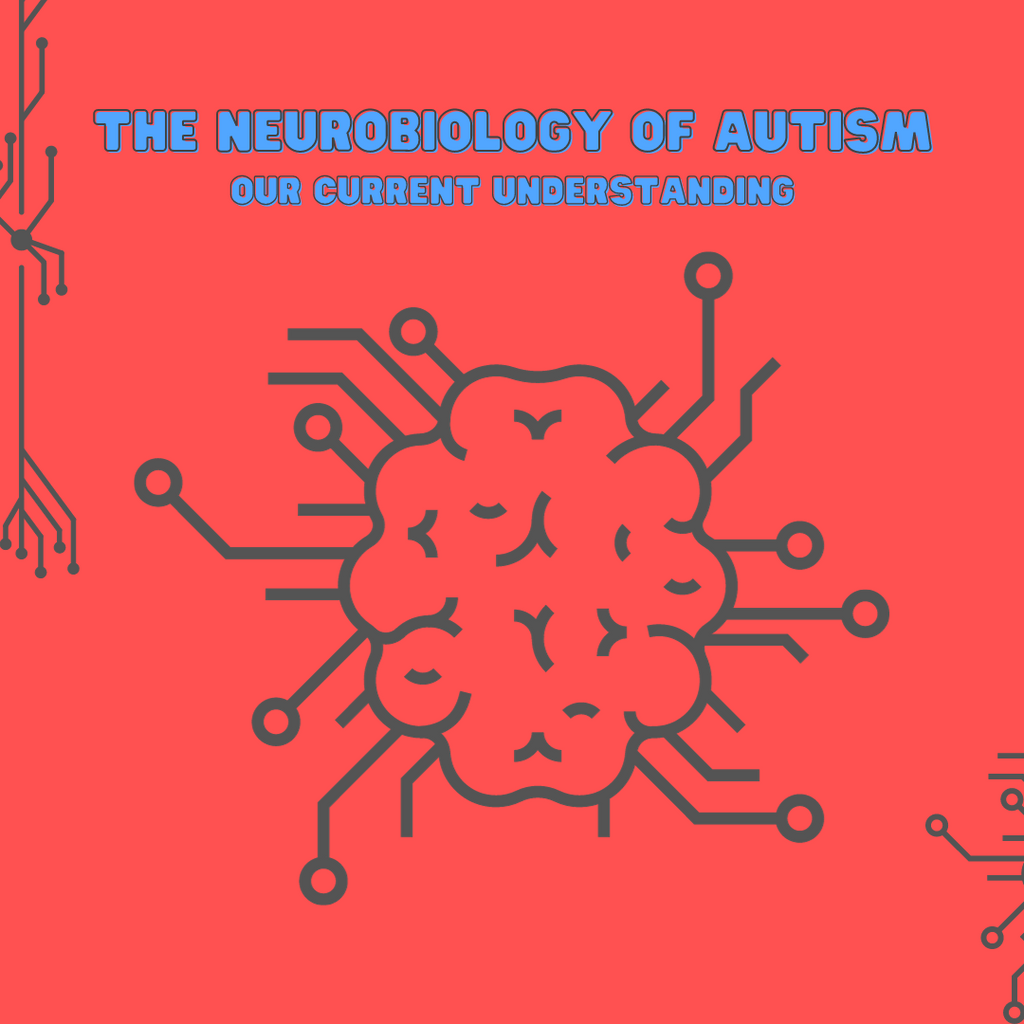
Autism, once surrounded by myths and misconceptions, has in recent years started to be understood more as a neurobiological variance rather than a disorder. Science has gradually peeled away the layers of mystery surrounding it, revealing a complex tapestry of synaptic connections that offer a unique perspective of the world. In this article, we will delve deep into our current understanding of the neurobiology of autism, with a keen focus on synaptic pruning and neural connections.
A Brief Introduction: What is Autism?
Autism, or Autism Spectrum Disorder (ASD), is a broad range of conditions that are characterized by challenges with social skills, repetitive behaviors, speech, and nonverbal communication. Each individual with autism is unique, with many being exceptionally skilled in certain areas like art, mathematics, or music. This neurodiversity suggests that autistic brains may be wired differently, offering distinct perceptions and interpretations of the world around them.
Synaptic Pruning: The Sculptor of the Brain
During early brain development, the neural network is like a dense forest, populated by an abundance of synapses (connections between neurons). As we grow and learn, a process called synaptic pruning trims away the unnecessary connections, leaving behind a more efficient and streamlined network.
Research has suggested that the brains of autistic individuals undergo a different pattern of synaptic pruning. Instead of the usual gradual decline in the number of synapses during adolescence, some studies have found that autistic children might have an overabundance of synapses. This could be because their brains don't prune away as many synapses as they should.
This difference in synaptic pruning might explain some of the characteristics seen in autism. For example, an overload of connections in certain parts of the brain could lead to heightened sensory perceptions, which might make an individual more sensitive to lights, sounds, or textures.
Different Neural Connections: A Unique Wiring
It's not just the quantity, but also the quality and nature of the neural connections that make the autistic brain distinct. Functional MRI studies have shown that the connectivity patterns in autistic brains can vary from neurotypical ones.
Where a neurotypical brain might have stronger connections within specific brain regions, an autistic brain might display stronger connections between distant brain areas. This atypical connectivity might lead to the unique cognitive strengths and challenges seen in autism. For instance, stronger long-range connections might contribute to the exceptional pattern-recognition skills seen in many with autism.
Embracing a Different Perspective
Understanding the neurobiology of autism is not about finding a 'fix' or a 'cure'. It's about appreciating the incredible diversity of the human brain and recognizing that people with autism offer a valuable, alternative perspective on the world.
As we learn more about synaptic pruning and neural connections in autism, we should strive to create environments that nurture and support these unique minds. After all, in a world where challenges are ever-evolving, diverse ways of thinking are not just beneficial – they are essential.
In Conclusion
The neurobiology of autism is a testament to the vast intricacies of the human brain. By recognizing autism as a neurological difference in perspective, we can begin to celebrate neurodiversity in all its forms and benefit from the rich tapestry of insights it brings.

